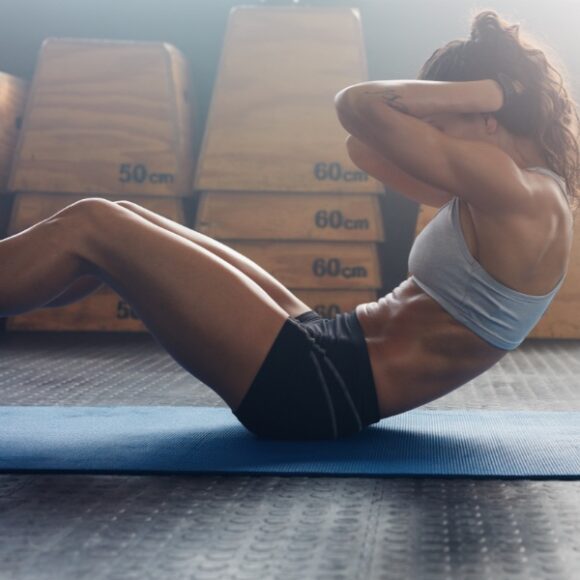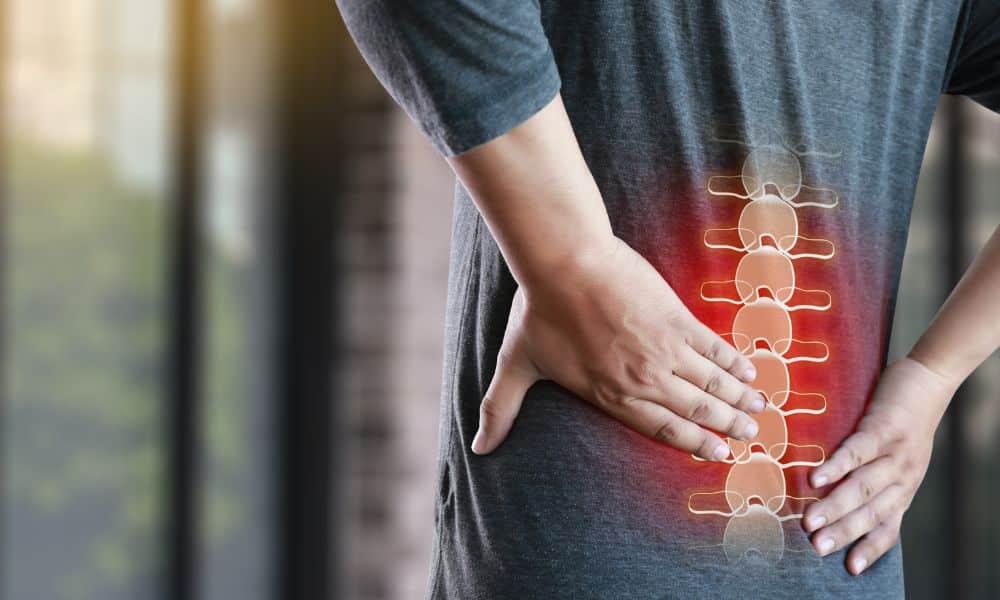So you’ve heard about situps and are wondering why you would want to do them in the world. If you’re unfamiliar with situps, they are a standard exercise performed by millions worldwide every day and involve a lot of abdominal strength and hip flexibility. They also entail a lot of movement in the spine and pelvis, particularly when done correctly — which is why they must be done slowly, focusing on technique and execution. In this article, I am going to address such questions that you may have revolving around situps, such as “what are situps?” how to do them correctly, how often to perform them, and how long you should hold at each position, what muscles do doing situps work and much more!
Situps History
Since the early 1920s, situps have been a crucial part of the military’s fitness testing program. According to ancient history, ancient warriors would practice situps to build up their abdominal muscles and prepare for the fight. It is believed that this practice may have been passed down through generations until it became a part of the training regimen for soldiers in Europe and America during World War II. Situps have since evolved from their original purpose into more than just exercise; it has become an important symbol of integrity and strength for our nation’s military personnel.

Muscles Worked
The rectus abdominis, internal and external obliques, iliopsoas, and rectus femoris are all muscles that are used to perform situps. The rectus abdominis is a muscle that forms a “six-pack” in men and women. It extends from the pubic bone to the sternum and can be seen as the top of the stomach when looking at someone’s midsection. The internal and external obliques run on either side of the rectus abdominis and help to flex the spine forward and sideways. They also assist in rotating the torso inward or outward.
The iliopsoas is a hip flexor that originates in the pelvic bone and runs through to attach to the femur (thighbone). This muscle helps flex your hip joint and tilt your pelvis forward. Finally, rectus femoris is a quadriceps muscle on your upper leg that attaches near your hip joint and crosses over both knees to connect to their respective tibia. This muscle helps with knee extension during walking or running activities such as sprinting or jumping jacks!
Form
The form situps are one of the most effective exercises to strengthen your core muscles and build strength in your abdominal area. The best way to do situps is to lie on the ground with your knees bent and feet flat on the floor. Raise your upper body off the ground by bending forward and bringing your hands towards your feet.
Keep your back straight throughout this movement—if you find yourself arching, stop what you’re doing and start over again until you can keep it straight. Once you’ve reached the top of this movement, lower yourself back down until your back is touching the ground again. You can also modify this exercise slightly by bending your knees at a 90-degree angle and resting on your heels instead of your butt cheeks.
Equipment
The equipment required for situps is a flat, clean, cushioned surface free of debris. You can also use a mat or towel to protect your knees from the floor. Next, you will need a stopwatch to time yourself and record your results. Finally, you will need a recording sheet and pen to keep track of your progress over time. But a yoga mat or ab mat may help keep you from hurting yourself while performing the exercise.

Alternate Exercises of Situps
1. Leg raises:
To perform leg raises, lie on your back with your legs straight and together. Lift your legs off the ground as high as possible, then lower them down again. Repeat this exercise for about 10-15 seconds.
2. Cycling Crunches:
Lie on your back with your legs straight and together. Lift your shoulders off the ground, bringing your left elbow towards your right knee. Then get the right elbow towards your left knee, repeating this action back and forth from one side to another for about 10-15 seconds.
3. Flutter Kicks:
Lie on your back with your hands behind your head and legs. You have to Lift both feet off the floor and bring them together to touch each other in front of you at chest height. Keep them there for a few seconds, then lower them down so that they hang free in front of you at chest height for a few more seconds before repeating this action – repeat this cycle for about 10-15 seconds or until you feel like stopping!
4. Plank:
Planks are suitable for building strength in your core, arms, and shoulders. The best part is that they’re easy to do at home because you don’t need equipment or even a gym membership! Your body weight alone will be enough resistance for this exercise.
5. Crunches:
Crunches are another great way to build strength in your abs and lower back muscles. However, some people find crunches difficult because they’re hard on their neck and spine—so if you have back pain or discomfort during these exercises, try doing them with bent knees instead (or even with no weight at all).
6. Windshield Wipers:
Windshield wipers are an excellent alternative exercise option because they engage both sides of your core at once—which helps prevent muscle imbalances between the left and right sides of the body. They also work well.
The Last Word on Situps
Situps are a fundamental part of the current fitness routine, but the concept of situps is unclear to many. And the fact is, there isn’t a “right” way to do sit-ups. As long as you do them correctly, they can help tone and strengthen your abdominal muscles. You must be sure you’re doing them correctly if you have back problems. For any exercise, it’s always best to talk to your doctor before starting any new exercise routine.




